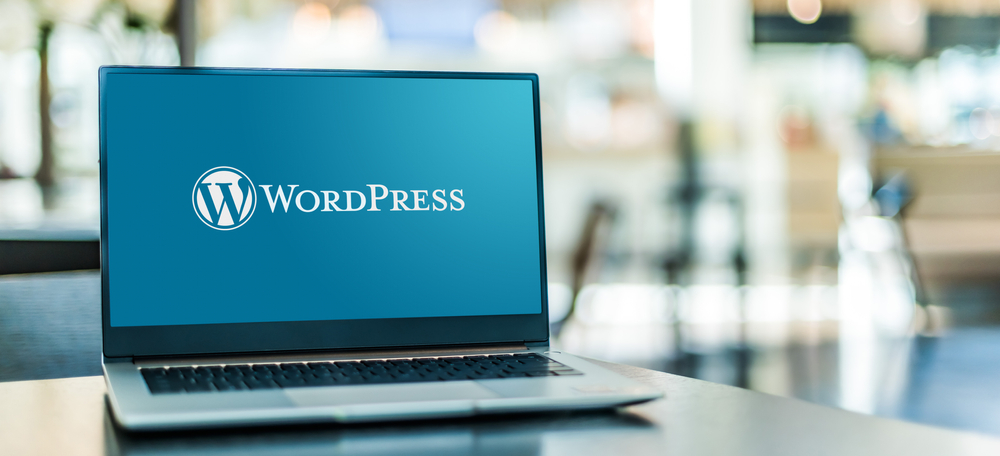
WordPress (or WP) has become the go-to platform for website development, and for good reason. It offers an intuitive interface, powerful features, and endless customization options. However, to truly master WordPress (WP) and ensure optimal website performance, customization and maintenance are key. In this article, we will explore some hacks and best practices for customizing and maintaining your WordPress website.
Optimizing Themes and Plugins
Themes and plugins play a crucial role in WordPress (the blogging platform) customization. They allow you to enhance the appearance and functionality of your website. However, an excessive number of themes and plugins can slow down your website and negatively impact performance.
To optimize your themes and plugins, follow these steps:
- Choose a lightweight theme: Select a theme that is well-coded and optimized for speed. Avoid themes with excessive features that you don't need. Limit the number of plugins: Only install plugins that are necessary for your website. Deactivate and delete any unused plugins to reduce the load on your website. Regularly update themes and plugins: Developers frequently release updates to fix bugs and improve performance. Keep your themes and plugins updated to ensure compatibility and security.
Optimizing Images
Images are essential for engaging website visitors, but they can also significantly impact loading times. By optimizing your images, you can ensure fast page load times and improved overall performance.
Here are some image optimization hacks:
- Compress images: Large image files can slow down your website. Use tools like WP Smush or ShortPixel to compress and optimize your images without reducing quality. Use lazy loading: Lazy loading delays the loading of images until they are visible on the user's screen. This technique helps reduce initial page load times. Specify image dimensions: Set the width and height attributes for your images in HTML to avoid layout shifts caused by image loading.
Caching for Improved Performance
WordPress (the platform for bloggers) caching is a powerful technique that stores static versions of your website's pages. When a user visits your website, the cached version is served, reducing the processing load on the server and speeding up page load times.
Here's how you can enable caching on your WordPress website:
- Install a caching plugin: Popular caching plugins like WP Super Cache or W3 Total Cache can be easily integrated into your WordPress website. They provide various optimization features, including caching. Configure caching settings: Once the caching plugin is installed, configure its settings based on your website's requirements. You can choose to enable page caching, browser caching, and minification to further optimize your website.
Regular Backups
No matter how well you maintain and secure your WordPress website, unforeseen issues can occur. In such cases, having regular backups ensures that you can restore your website to a previous working state with minimal effort.
Consider the following backup strategies:
- Automate backups: Use plugins like UpdraftPlus or BackupBuddy to schedule automatic backups. Set the backup frequency based on the frequency of changes made to your website. Store backups offsite: Store your backups on cloud storage services like Dropbox or Google Drive. Storing backups offsite ensures that even in the event of server failure or hacking, your backups remain safe.
Optimizing Database Performance
The WordPress database contains all your website's content, including posts, pages, comments, and settings. Over time, this database can become bloated, resulting in slower performance and increased resource usage. Optimizing your database can significantly improve your website's performance.
Follow these tips for optimizing your WordPress database:
- Remove spam comments: Regularly delete spam comments from your database to reduce its size. Optimize database tables: Use plugins like WP-Optimize or WP Rocket to clean up and optimize your database tables. These plugins can automatically remove unnecessary data and optimize performance. Limit post revisions: By default, WordPress stores an unlimited number of post revisions. Limit the number of post revisions or use plugins like Revision Control to control the number of revisions stored.
Frequently Asked Questions
1. How often should I update my themes and plugins?
It is essential to regularly update your themes and plugins. Developers release updates to fix bugs, add new features, and improve security. Aim to update your themes and plugins at least once a month.
2. Can I deactivate and delete unused plugins?
Yes, it is highly recommended to deactivate and delete any unused plugins. Unused plugins can consume server resources and potentially pose security risks. Remove any plugins that are not necessary for your website's functionality.
3. How can caching improve website performance?
Caching stores static versions of your website's pages, reducing the load on the server and improving page load times. By caching your website, you can deliver faster and more efficient user experiences.
4. What is the best backup frequency for my website?
The backup frequency depends on the frequency of changes made to your website. If your website undergoes frequent updates or content changes, consider scheduling backups on a daily or weekly basis.
5. Is it necessary to optimize the WordPress database?
Yes, optimizing the WordPress database is crucial for maintaining optimal website performance. Regularly cleaning up and optimizing your database can reduce its size, minimize resource usage, and improve overall performance.
Other useful resources
- https://www.wordpress24plus.com/services/
- https://en.wikipedia.org/wiki/WordPress